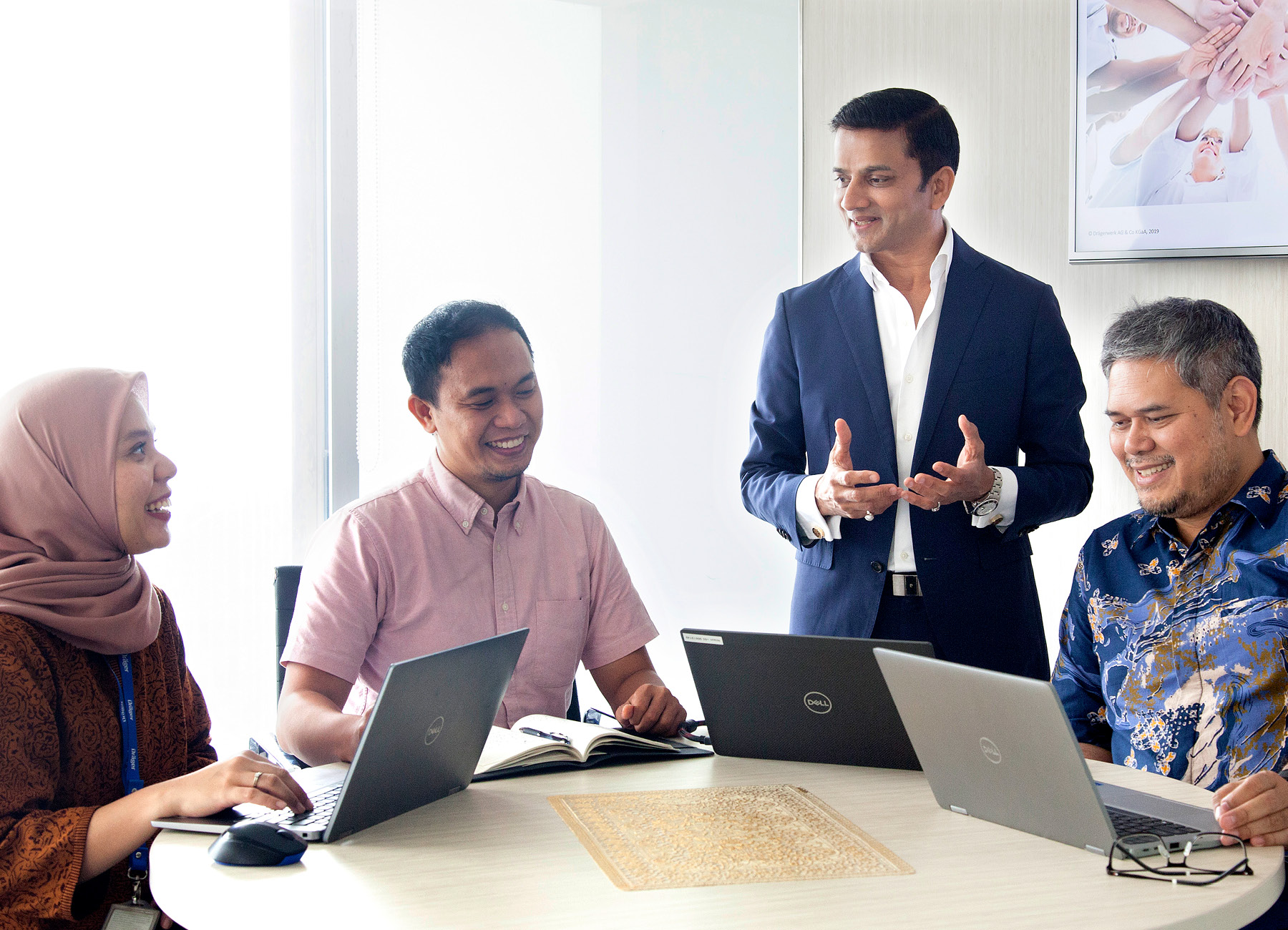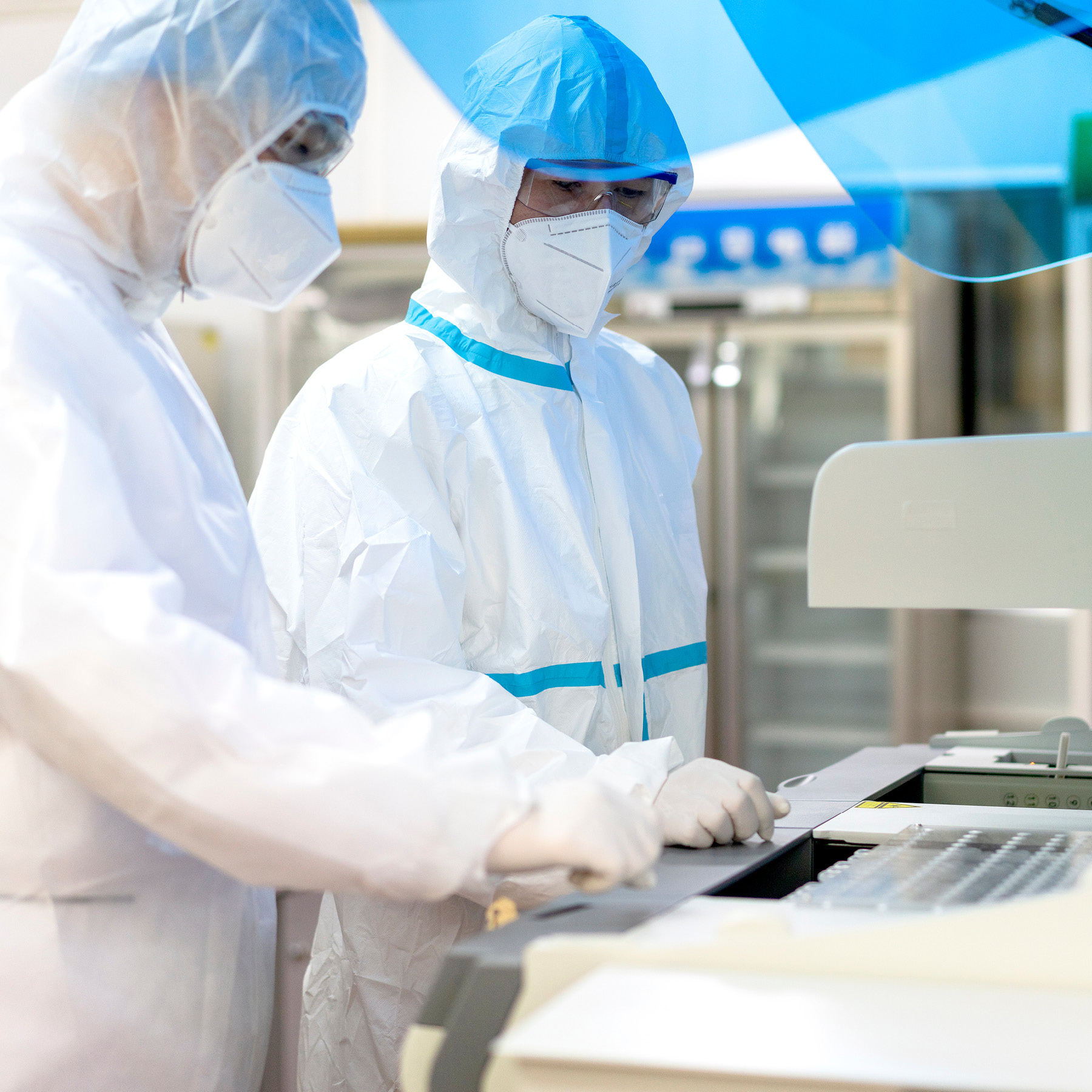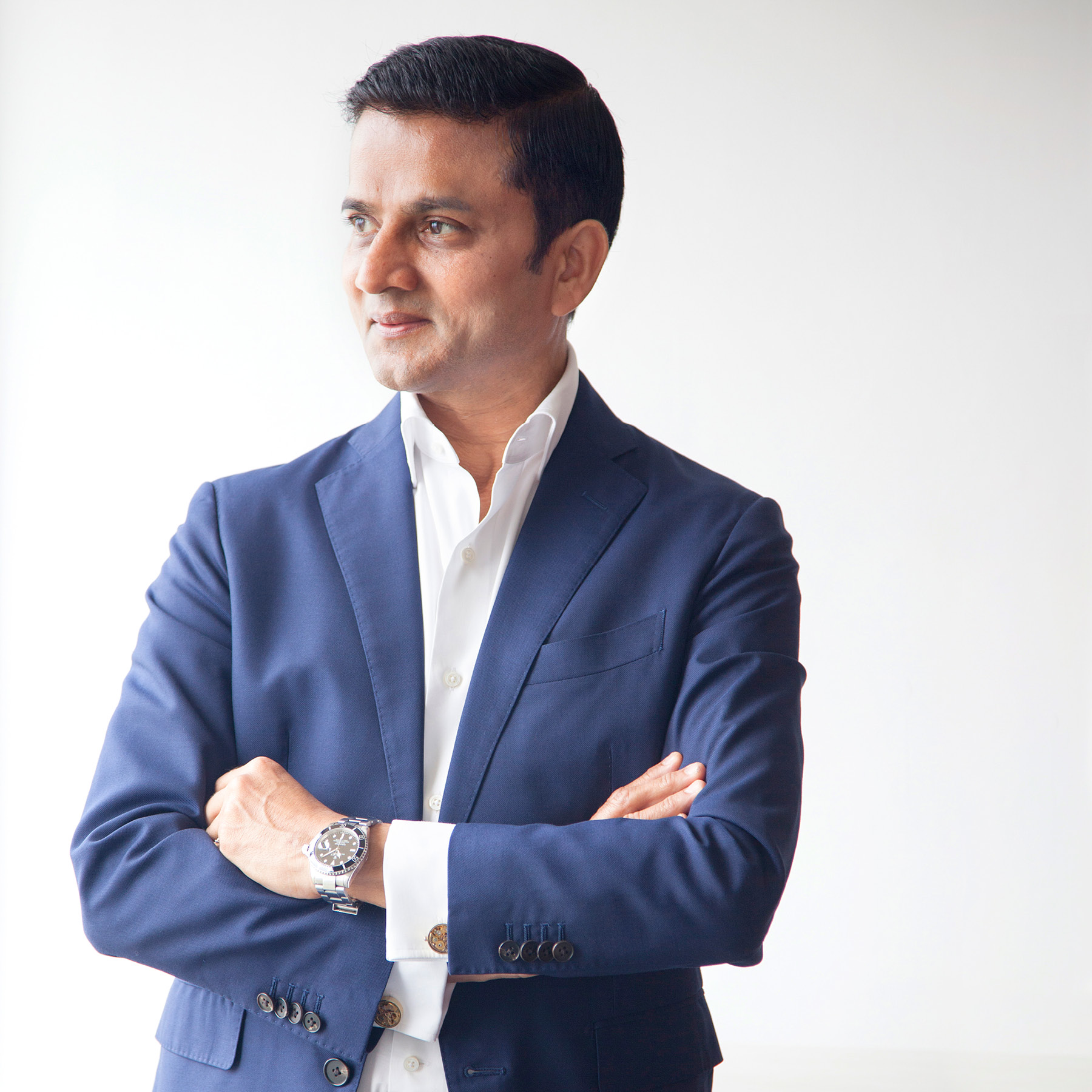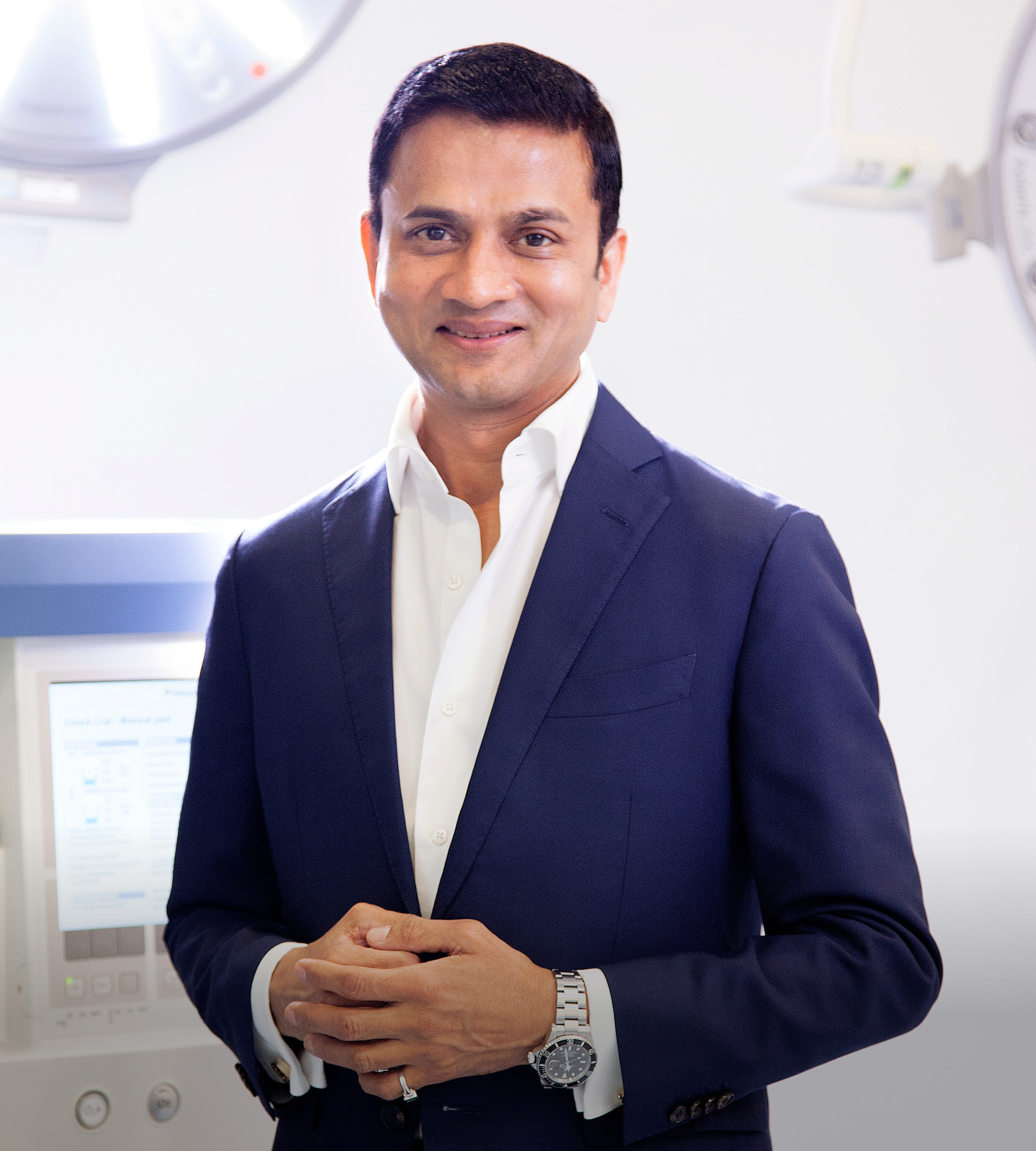Language
You can read the magazine in one of the following languages
When it comes to delivering business success, Dräger Indonesia’s approach is a noble one.
Rather than chasing hefty growth percentages or ambitious revenue targets, its primary focus is on saving and improving lives, explains the outgoing Head of Business Development Asia–Pacific, Nilesh Shah.
“The primary focus of our company mission is centered around serving patients; prioritizing their needs over an excessive emphasis on financial growth,” he tells The CEO Magazine.
“Our growth plan is around how we can either save or make every life in Indonesia better and how we can have our safety products in every company as well. That’s our rally cry.”

Dräger was founded in Lubeck, Germany in 1889, with the family run company expanding around the globe over the course of five generations. It now employs more than 16,000 people worldwide and has a presence in more than 190 countries.
The Indonesian operation, which was headed up by Shah until September 2023, was established to bring the same values to this emerging market.
“Even one life that is negatively impacted, that is too many for us. So that’s our charter,” Shah continues.
“Unlike other companies, it is about saving and improving lives rather than trying to look at if we are growing. I’m not saying that is irrelevant, but focus on the customers and employees first and the business results will come.”
Having built itself around its invention of the Lubeca valve – a pressure reducing mechanism – back in 1889, innovation has always played an essential role at Dräger.
This is demonstrated by its most recent product launch – the Dräger PSS® AirBoss, which offers best-in-class ergonomics and is one of the lightest weight breathing apparatuses for firefighting.
In 2022, the company launched the Interlock 7500 breath-alcohol ignition interlock device, which is used as a preventative system in public transport, freight transport and in the workplace. In some countries, it is also used for legal measures as part of drink driving offender programs.
Dräger is also making major investments on the healthcare front, with core products including anesthesia, baby incubators, patient monitoring and ventilators.
In the years ahead, Dräger expects to continue to expand its range of data-driven tools aimed at clinical applications.
These digital solutions help customers access relevant information at any time or location, plan treatments and automate administrative tasks.
“Undoubtedly, that growth has been expedited by the COVID-19 pandemic, prompting substantial investments to ensure our active presence and relevance on both these platforms,” Shah says. “We are the technology leader.”

Despite this pole position, Dräger is not resting on its laurels, instead keeping a close eye on industry trends to continually propel itself forwards.
An area where it is making a significant investment is connected medical technology, Shah reveals.
“With such a wide variety of equipment and sensors attached to patients in operating rooms and intensive care units, therapy assistance systems and automation require medical technology to be connected securely and in a standardized, manufacturer-independent manner,” he explains.
“That is why we have been closely involved in the further development and implementation of international standards for medical technology.
“We are working continuously on the renewal of our product portfolio to prepare our medical equipment for the future requirements of digitalization in hospitals. Besides connectivity, this process is also about reducing the number of hardware variations and achieving greater scalability through software functionality.”
Dräger has also been injecting funds into strengthening its supply chain after the disruptions of the COVID-19 pandemic, which caused demand for monitors and ventilators to go “off the charts”, according to Shah.
“The fact that we are no longer selling as many ventilators as we did at the height of the pandemic was to be expected and is no cause for concern. We continue to be well positioned for the future, thanks to our broad range of products,” he says.
The ongoing push by Indonesian President Joko Widodo to localize manufacturing in Indonesia is also impacting Dräger’s strategy. “Our balanced global resources give us greater flexibility, allow us to respond quicker to opportunities and make us more resilient. We think globally and act locally,” Shah says.
“Our approach involves close collaboration with the Ministry of Health and local manufacturers to assess products for potential localization. Additionally, we’re actively engaging with the relevant authorities to shape a mutually advantageous strategy.”

Ensuring that its products are appropriate for the market is another key focus. “Indonesia has its own needs with over 270 million people. Their health care needs are different than the likes of other developed countries,” he reflects.
“We can’t manufacture every single product for Indonesia, but how do we tailor some of our features so that it is cheaper but also so that it is a market appropriate product that doesn’t compromise on safety, on technology, and on the efficacy for that market needs.”
This ability to hone in on the needs of each of its markets in such a way is a major component of Dräger’s success, Shah believes, with local country managing directors given full autonomy.
“I think that allows that individual to drive collaboration across these functions effectively, unlike having a matrix where you have multiple decision-makers,” he says.
“It allows for end-to-end accountability and fast decision-making, aligning objectives across each function. I believe it drives better partnerships and cross-functional KPIs, with the customer and employees at the center of what we do. Everything else then flows through.”
Changes to its go-to-market strategy over the past nine months have also had a big impact, with operations established in Medan and Surabaya as well as Jakarta.

“Indonesia is probably one of the widest and broadest country, with thousands of islands. Our priority is to establish our presence near our customers, avoiding centralization in Jakarta for the sake of convenience,” Shah says.
“While operating from Jakarta might have been more straightforward, it wasn’t conducive to providing a customer-friendly experience.”
Dräger’s success during challenging periods can be attributed to its emphasis on people, both its internal team and its customers – ultimately leading to an improvement in people’s lives.
“This is what ignites my passion, particularly in countries like Indonesia and emerging regions like ASEAN, where the demand for transformative tools and technology is immense, promising a brighter future,” he says.
“There’s nothing more gratifying and rewarding.”

